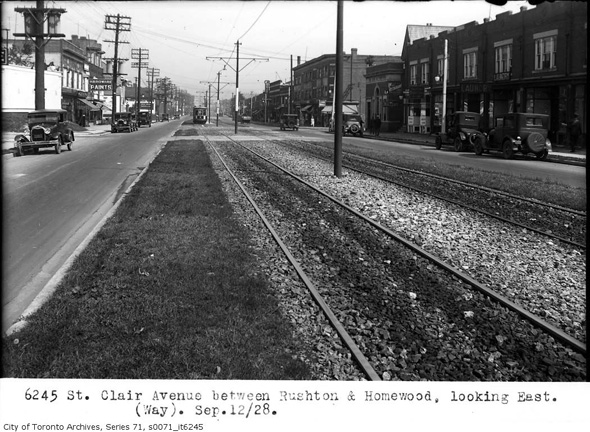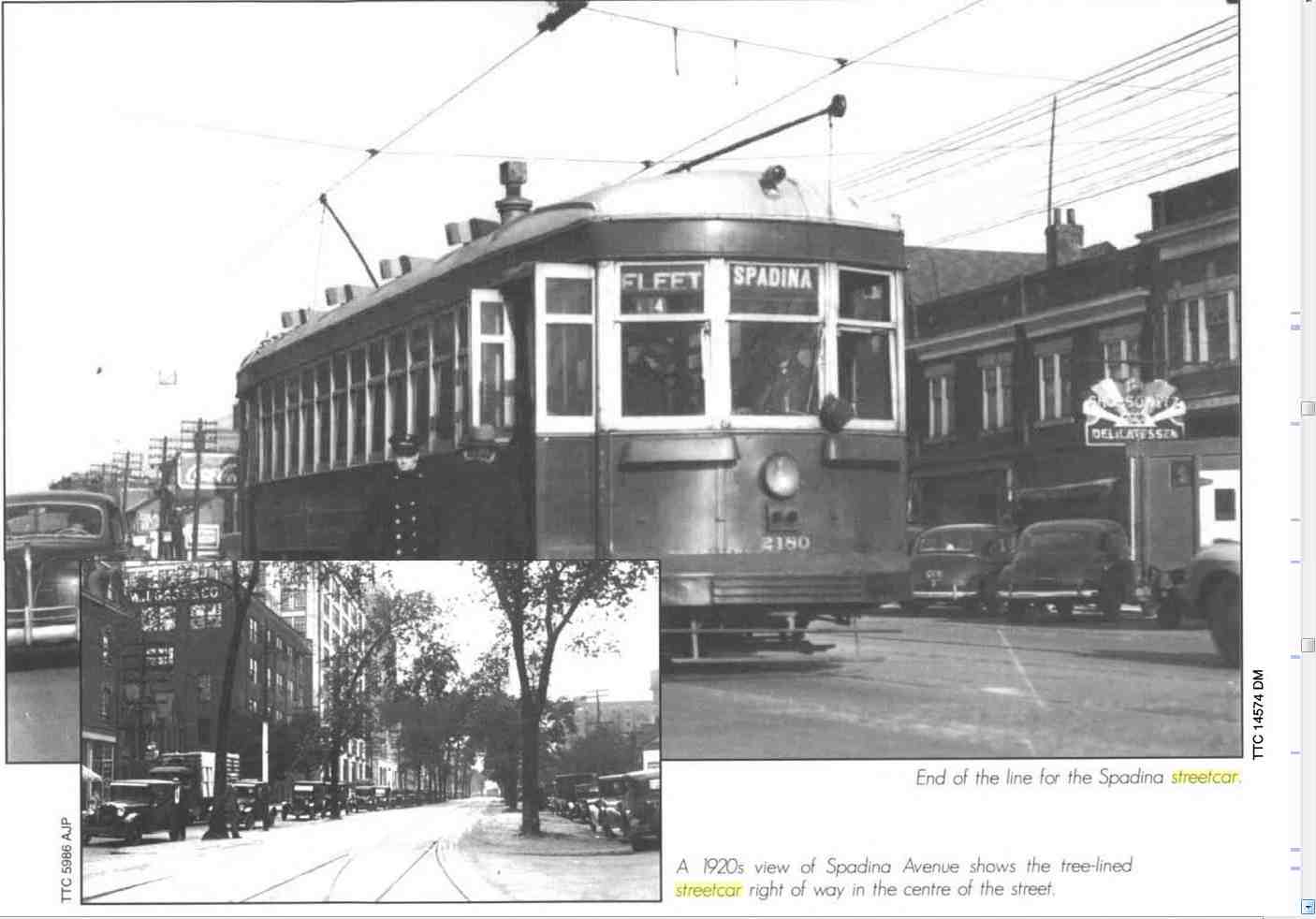DSCToronto
Superstar
Member Bio
- Joined
- Jan 13, 2008
- Messages
- 21,893
- Reaction score
- 35,488
- Location
- St Lawrence Market Area
Why would you be happy to have slower than normal service for yet another year?Yep, I just read Steve Munro's article on the matter. The tracks on The Queensway between Sunnyside and Glendale Ave now have a restricted speed zone of 10km or less, so hopefully they don't hold off too long, however am quite happy that 501 will countine to run west of Roncy with streetcars for another year.






